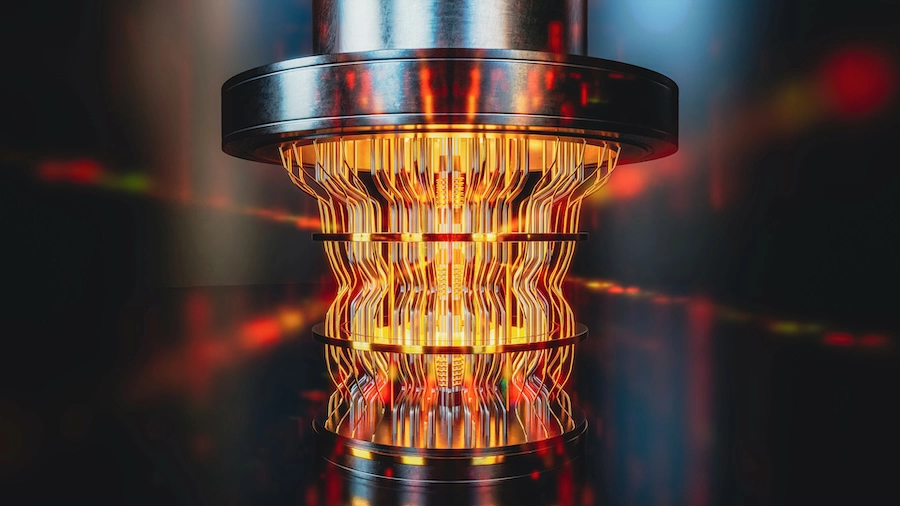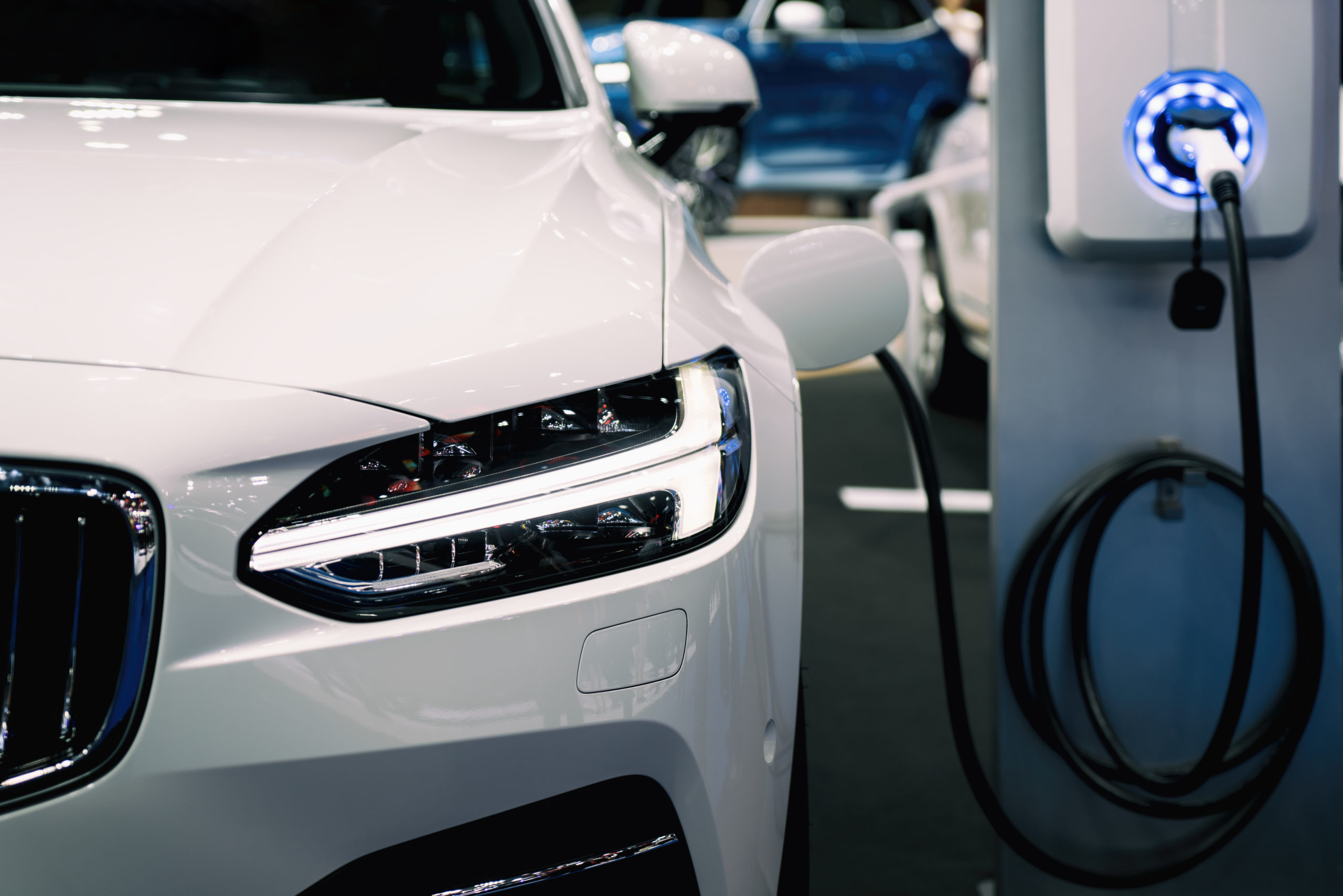A high speed transport link between UK cities would have a huge positive effect on business. Elon Musk’s Hyperloop system is an impressive idea, but probably not the most feasible option.
A new mode of transport
In June 2017 it was announced that three UK routes were being considered for Europe’s first Hyperloop, a futuristic form of high-speed public transport backed by Tesla Boss Elon Musk. The frontrunner to build them is the Hyperloop One company, which recently received a large investment from Virgin’s Richard Branson.
The proposed system which Musk describes as ‘a fifth mode of transport’, uses levitating magnetic pods which travel through elevated tubes. Because the pods travel in a vacuum there is very little resistance, allowing them to reach extremely high speeds. A recent test run in the Nevada desert reached a speed of 190mph, but the Musk hopes to eventually reach 600mph, bringing the speed of Hyperloop in line with that of commercial airlines.
The potential benefits of the system are huge. A proposed journey time of 18 minutes from London to Manchester would bring the two cities closer together and end London’s dominance of UK business. Cheaper rents are already causing many smaller businesses to relocate north, and this would make the process even easier.
Just a pipe dream?
If Hyperloop seems too good to be true that’s because it probably is. As The Guardian puts it, ‘none of the players in the hyperloop field has taken proper account of the size of the enormous hurdles facing anyone seeking to make the technology a reality.’
The system would produce a lot of heat which would make it uncomfortable and possibly dangerous for passengers unless air conditioning was used extensively. This would somewhat undermine the apparent green credentials of the system. The G-Force involved is also likely to make passengers sick, leading to some critics nicknaming the system “Barf-Tube”
The amount of testing needed to prove the system’s safety would take years. The loss of life if something went wrong at 600mph doesn’t bear thinking about. Adie Tomer, an infrastructure expert from the Brookings Institute in Washington DC says that “as something entirely new, it will require an intense amount of testing, possibly even more than for the pharmaceutical industry, where trials can take 10, 15 or 20 years,”
Hyperloop is an exciting idea but, at present, the risks are too great. There are too many unanswered questions and potential safety issues that need to be addressed. If testing is going to take 20 years, we would be better off focusing on improving current transport links. The proposed HS2 rail link will have a similar effect – if not as fast – of bringing Northern cities closer to London, and is expected to be ready by 2026. This seems a more a more realistic option than Elon Musk’s high-speed pipe dream.
Innovation in transportation is an area on the increase. If your company is working to improve existing transportation technology or innovating to create a new, revolutionary one, you could be entitled to R&D Tax Credits. Through R&D Tax Credits, you can reclaim up to 33p of every £1 spent on your R&D costs – that’s a whole chunk of money that could be reinvested in further research and development. As an added extra, GrantTree can advance you your money within 48 hours, meaning no delays from HMRC so you can get on with what you do best: innovating.
Get in touch and let us help keep you in the fast lane.




